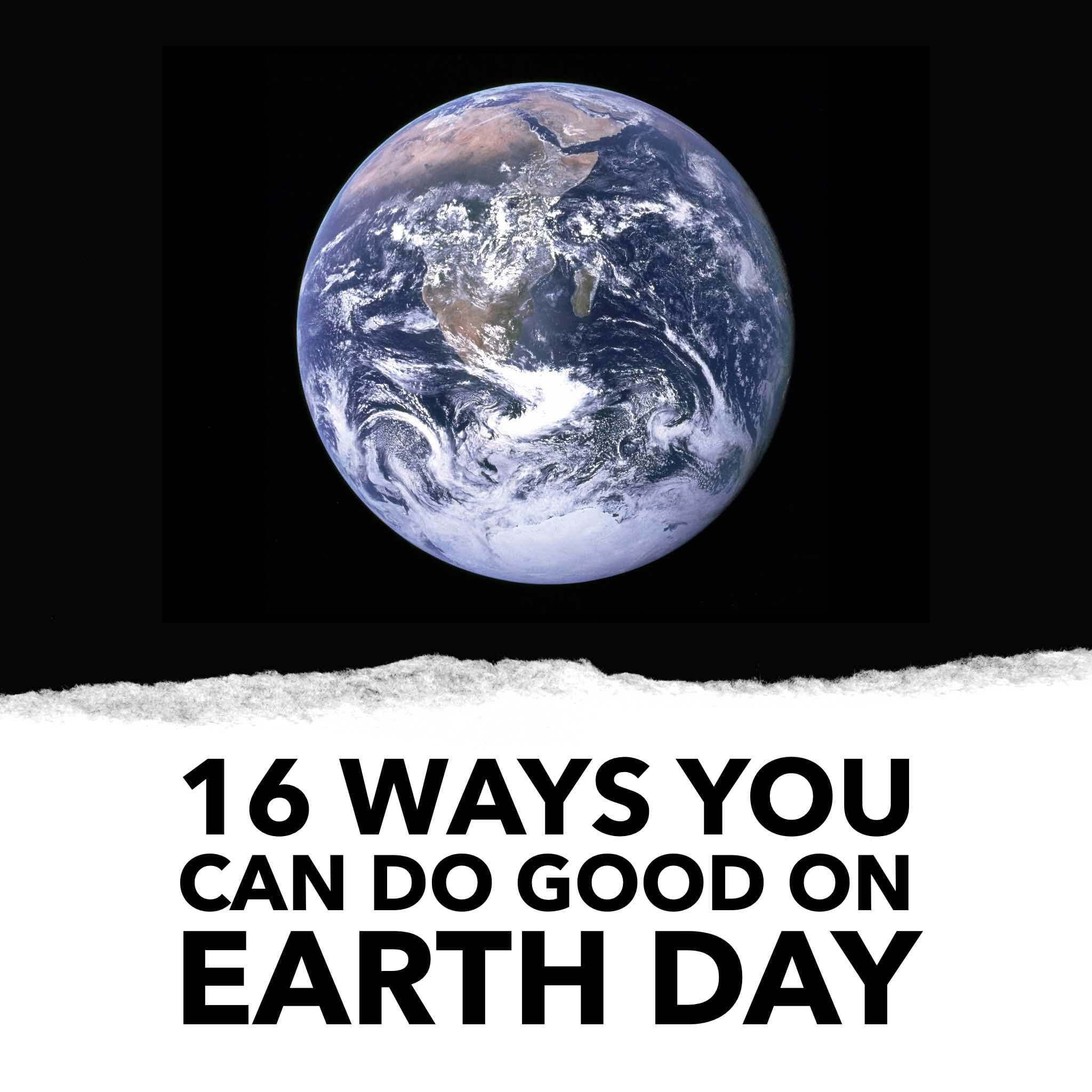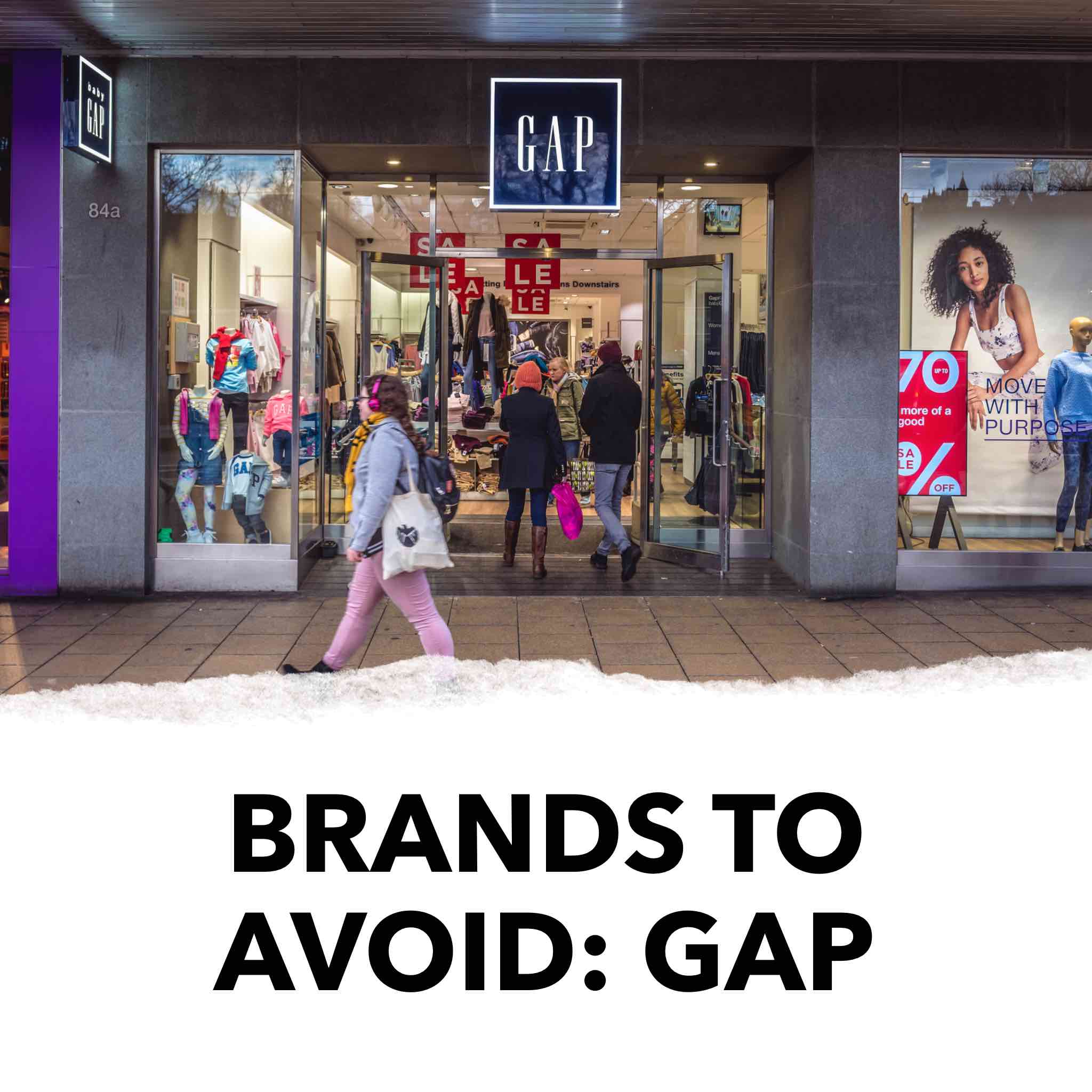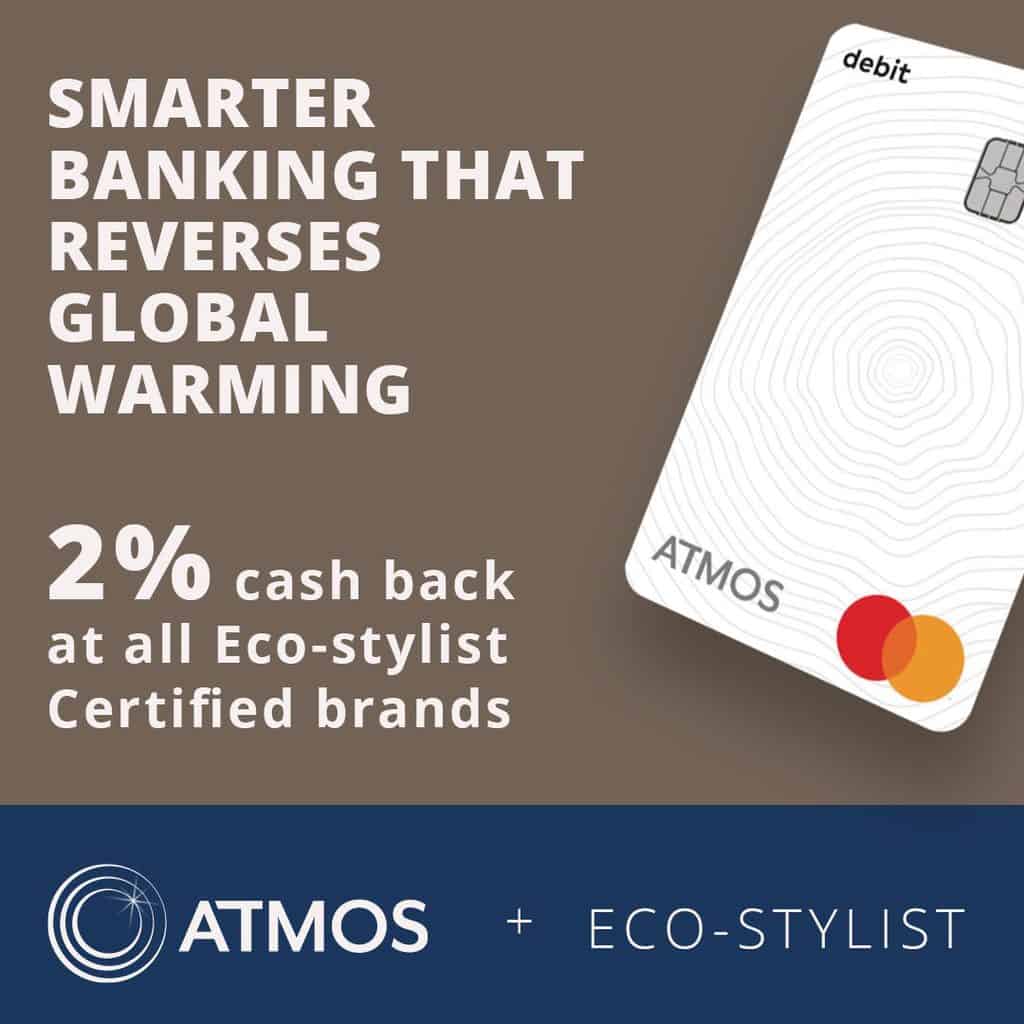As we move deeper into the 21st century, the human population is only expanding, and along with it comes an increased burden on the planet we call home. Now, more than ever, it’s important for us to understand our impact on the Earth, so that we can make the necessary changes to protect and sustain a healthy living environment before it’s too late.
One great option for learning about contemporary environmental challenges is documentaries, a low-effort option for lounging in the cold weather months and still being productive. When it comes to the environment there has been no shortage of excellent films in recent years.
The following 4 eco films were selected for being well reviewed documentaries that cover a diverse range of topics. From consumer impacts, to food sourcing, to natural resources as delicate and fruitful as our soil, there’s sure to be something novel here for everyone.
These open-minded documentaries yield a glimpse of the world fit for all audiences. This is why the Eco-Stylist team wholeheartedly recommends them.
1. Anthropocene: The Human Epoch (2019)
Anthropocene is “an unofficial unit of geologic time, used to describe the most recent period in Earth’s history when human activity started to have a significant impact on the planet’s climate and ecosystems,” according to National Geographic.
Anthropocene: The Human Epoch is a visual meditation on how humans have shaped and changed the earth. Humans are the first life form to have significant and lasting impacts on the planet we call home, so why do we often neglect the scale of that impact?
It’s challenging to visualize these large-scale changes when we can only entertain them from the present moment and our own limited perspective. Anthropocene allows the viewer to imagine the world before humans, and then see our impact from a variety of viewpoints.
Prepare to be arrested by images of 10,000 elephant tusks burning in Kenya and giant excavation machines altering landscapes. Join this cinematic experience of our world; it promises to stir and ignite action.
This 87 minute film scored 90% on Rotten Tomatoes. You can watch it on kanopy or rent it on iTunes for 99 cents.
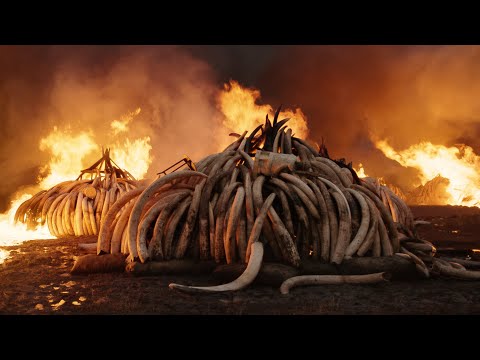
2. The Biggest Little Farm (2018)
One of the most important environmental issues of our time hinges on the health of our soil. Don’t overlook this earthly asset; it does more than provide nutrients to your house plants.
For example, topsoil contains all of the nutrients necessary for plant life, which includes the trees that filter our breathing air, and the food we sustain ourselves on every day. Try thinking of topsoil like you do of pollinators such as bees. Without these vital resources, the foundations for healthy growth would be absent.
This is where the trouble begins… You may have heard from Scientific American that “generating three centimeters of top soil takes 1,000 years, and if current rates of degradation continue all of the world’s top soil could be gone within 60 years.”
The Biggest Little Farm provides a microcosm of this issue. The film follows the 8 year journey of John & Molly Chester, a couple who leave their life in LA to start a 200 acre farm. Their dream is simple: “this all started with a promise that we would leave the big city and build a life in perfect harmony with nature.”
But living in harmony with nature is harder than it sounds. The new farmers face incredible challenges, bringing you up and down, and back up again in this inspiring and uplifting tale. Join the Chester’s on their exploration into regenerative farming, as they take land with virtually dead soil and bring it back to life.
This 91 minute film scored 91% on Rotten Tomatoes and contains enough beautiful nature shots to make any Green Planet fan happy. You can find it on YouTube and Amazon for $5.99, or for free if you subscribe to Hulu.
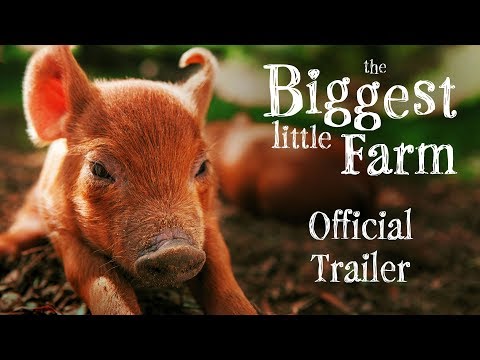
3. RiverBlue: Can Fashion Save the Planet? (2017)
Hydrocide refers to the deliberate killing of our rivers. While this may not sound like the world we live in, a quick trip around the world reveals that it’s no joke.
RiverBlue examines the destruction of rivers in Asia caused by the largely unregulated textile industry. Over 70% of China’s rivers and lakes are contaminated, with India & Indonesia close behind.
In Bangladesh, the Buriganga river is home to millions of people who rely on the river daily for food, bathing, and laundry. Thanks to textile factory dumping, the river is now poisoned and is “so polluted that all fish have died.”
Join RiverBlue on an around the world river exploration with conservationist and river expert, Mark Angelo. From an exploration of how factories dump untreated toxic chemicals straight into rivers, to the work Green Peace is doing to combat it, RiverBlue is anything but smooth sailing.
This 95 minute documentary promises to be well worth your time and is one of our all time favorites at Eco-Stylist. In fact, wastewater guidelines are one of the things we check for when researching sustainable brands.
Check out this film on kanopy or for rent on Amazon for $4.99.
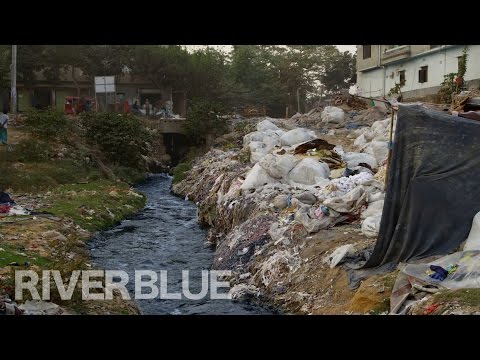
4. Artifishal (2019)
When it comes to salmon you’ve likely heard of the wild versus farmed fish argument. But is wild salmon really all it’s cracked up to be?
Artifishal, brought to you by the folks at Patagonia, raises some important questions about why hatcheries exist and how sustainable they really are. It all starts with the issues facing the wild salmon population.
“The immense runs of wild salmon that once filled nearly every watershed from Alaska to Southern California are nearly gone, decimated by 150 years of industry, resource extraction, dam building and agriculture.” Faced with all these challenges, hatcheries help to sustain large numbers of salmon, but they also dilute the salmon’s genes and negatively impact wild salmon’s ability to survive.
As the film cautions: “the road to extinction is paved with good intentions” – Artifishal
Artifishal hit especially close to home for me because I worked at a salmon processing facility in the summer of 2011 in Valdez, AK. As someone who’s witnessed the salmon run up close, and visited a number of hatcheries, this film was eye opening.
This 80 minute film is available to watch completely free on YouTube. Head over to Patagonia to learn how you can get involved.
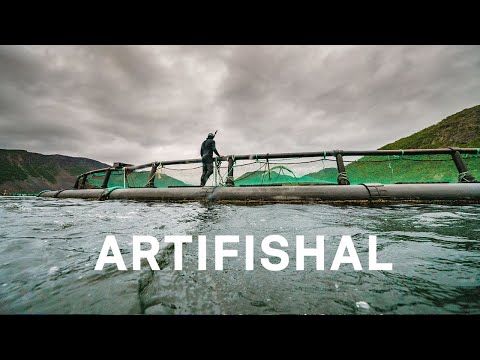
What’s Your Favorite?
These 4 eco films promise to open your mind to a range of contemporary environmental challenges. We hope that you will learn and engage with them, and that some may profoundly change your views regarding how vigorously humans alter our world.
It doesn’t take something as drastic as living off-grid to make an impact. It’s all the day to day micro changes that you make that can add up to something big.
Take 1% for the Planet as an example. 1% of revenue sounds like a small contribution, but if every business was a member, it would have world-changing impacts.
If brands like Gap want to dump toxic waste water into our rivers, you can buy from more sustainable brands. If food companies want to forsake the future health of our soil for a quick dollar today, you can buy local and organic vegetables instead. All these choices are yours.
You can show up to environmental marches and you can write or call your legislators to ask them to make environmental issues a priority. There is more we can all do, because if not us, then who?
Got a few favorite eco films of your own? Drop the names in the comments and we’d love to review them next.

Garik Himebaugh is the founder of Eco-Stylist, the go-to resource for ethical clothing. He’s also an international speaker on all things sustainable fashion. Garik loves coffee, climbing, and clothes.





